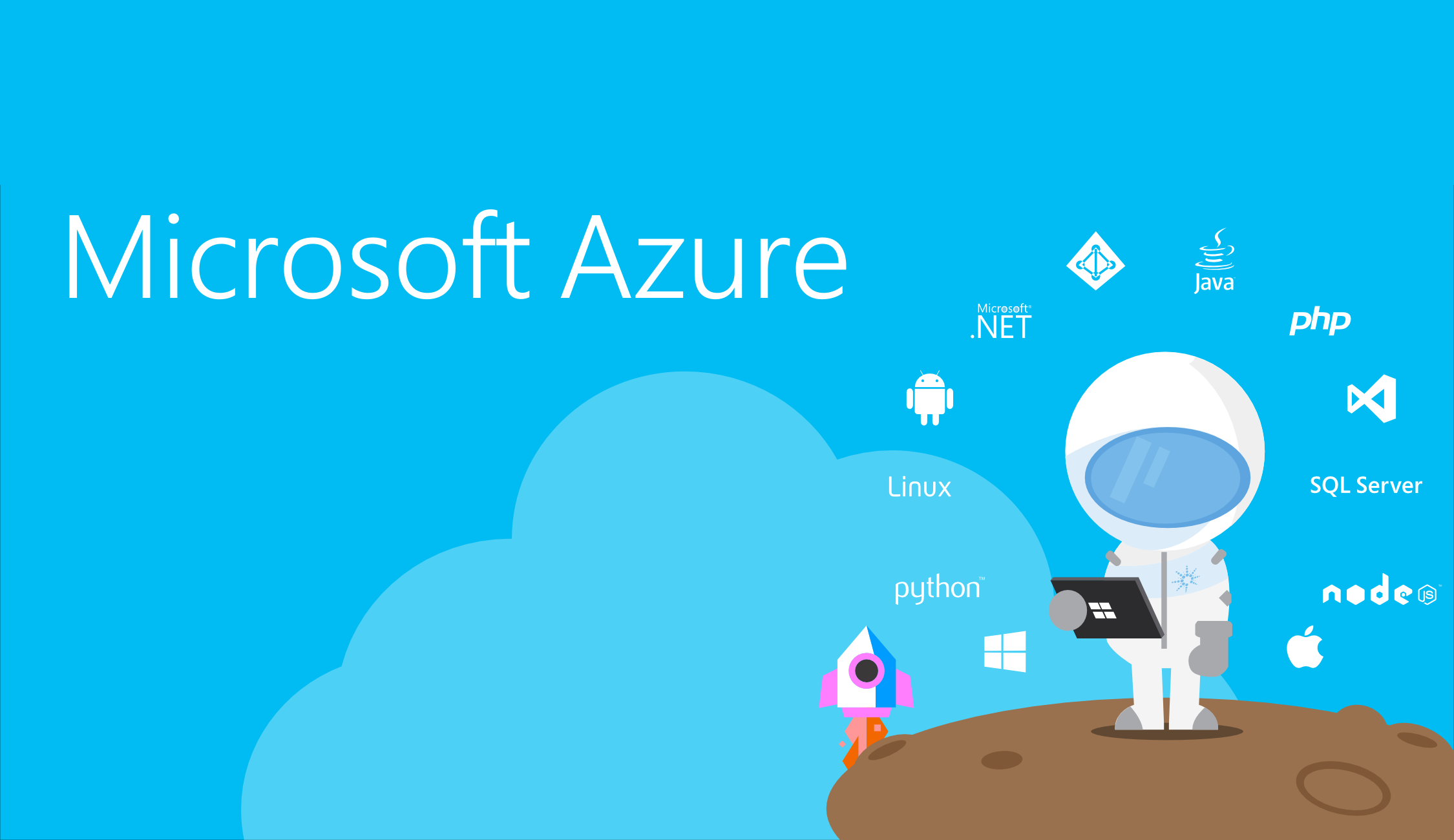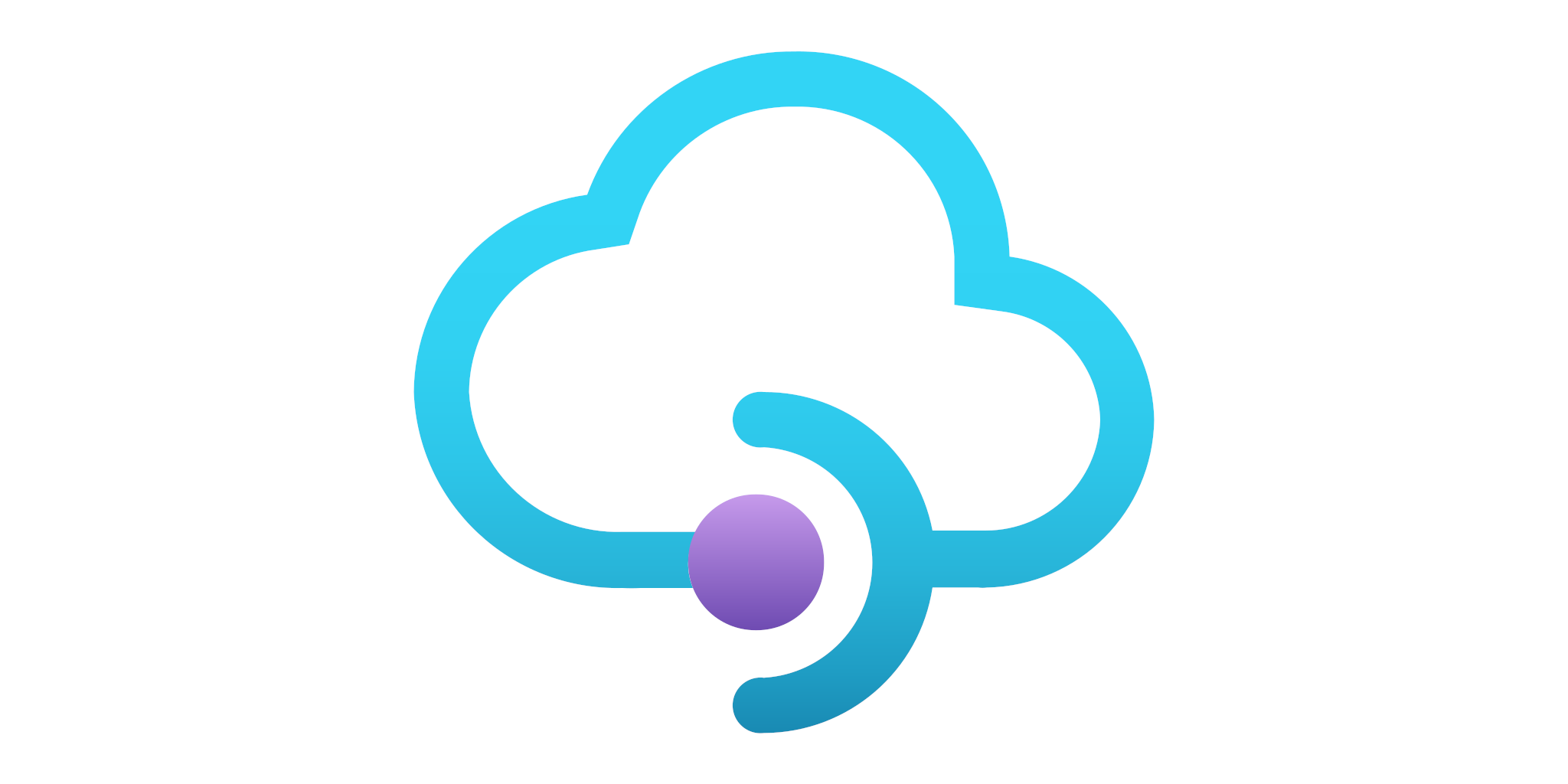In this post, I want to introduce you Azure as your complete platform in the cloud. What is Azure? How to use it?
We are all driven to search out places where data we acquire over time can be stored and kept safely. The idea of storing valuables in the ‘heavens’ is one that has gained significance in our world today.
So, with a computer of any sort from your handheld devices to desktops in your office, you acquire data one way or another. Individuals and corporations (both great and developing) spend a lot of time acquiring loads and loads of data on a daily, monthly, and annual basis. Whenever you acquire data, you have to create space for storage.
In other words, finding sufficient storage space to hold all the data you acquire is a real challenge. This is because as you acquire more data, you have to increase your storage capacity.
Some people invest in storage devices like flash drives and compact discs, others in larger hard drives. Some computer users, out of desperation, make new storage space by deleting entire folders with old files. I’m sure you have experienced a bit of this.

The growing trend: cloud storage
Cloud storage may sound like a big word to you, to some other people, it’s something they use regularly. You can view cloud storage as keeping your savings with your bank (the cloud). Your bank doesn’t only keep your money safe, it manages your account, and from time to time adds a little interest on it.
In the case of cloud computing, in place of your money, you safely store away your applications and other resources on data servers.
It is a concept that has often been written-off and put down by cynics as “using someone else’s computer.” This is an attempt to water-down the structure and operations involved in cloud computing or storage.
Also, I recommend to read another post in this blog about the digital transformation scenario with Azure, Visual Studio and Git flow that can help you to have a broadly idea about changing your work environment.
Why save in the Cloud?
As your business grows from this stage to the next, your new status demands that you consider moving your applications and other resources you use for your operations to the cloud. You could choose cloud computing for one, two, or a combination of these three reasons: speed, scale, and economics. These are some of the benefits we stand to gain briefly.
Speed
By utilizing infrastructure resources provided to you by cloud hosting providers, to develop applications that can run in the cloud can be significantly faster than those traditionally developed. You are afforded this luxury because your organization doesn’t have to buy, install, configure, organize, store, and repair the structures provided by the network on which your applications run.
Another reason for this speed has to do with how applications are developed. Problems that arise from developing and testing applications in a typical enterprise environment (for example, developing an application in a clustered host and testing the same in a non-clustered host) can affect deployment. This further slows down the development process for business applications.
With the cloud, businesses can perform development and testing in the same environment that the applications will be deployed using the resources provided to you by the host. This makes the process of testing applications less complicated and more reliable, thereby reducing the deployment time.
Scale
Does your application need to allot more resources to meet increasing demands from customers? Running it in a cloud can keep your customers happy and loyal. The best strategy of all, is to satisfy your customers.
Downturns and low sales in the market indicate that you don’t need all the resources your host has provided your applications. You can scale down how much of your service provider’s capacity you are using.
Cloud computing also provides your applications with a reach that is on a global scale, extending your business presence around the world. This is essential to remain competitive in today’s business world.
Economy
The cost of running business applications in the cloud can be significantly lower than running them by yourself. This is another reason many organizations decide to make the switch to cloud computing. Cloud-based computing makes economic sense for your business when it concerns hardware acquisition costs.
Azure has some services that now support per-minute billing to help can help minimize the cost of running your server workloads on the platform.
What exactly is Microsoft Azure?
Microsoft Azure is a cloud-based platform. It is a growing set of cloud-based services that provide a world of boundless possibilities to large enterprises spanning continents, small businesses that seek a platform that has a global presence, developers, government agencies, and even folk who want to build apps or run an enterprise without having to manage hardware workloads.
With Azure, you can leverage the cloud to meet your business needs and demands. It offers you and your business effective alternatives to physical hardware and services.
As a service
Azure offers a broad range of Software as a Service (SaaS), Platform as a Service (PaaS), and Infrastructure as a Service (IaaS) options, layers, or models in the cloud; these give your organization access to cloud-based services without the need to manage a server personally.

These are important differences that set this platform apart from others that offer similar services.
- Software as a Service (SaaS): This layer happens to be the topmost in terms of the services that Azure offers. With this service, you can utilize standardized cloud-based services that are provided by Azure, for example, document management. You are viewed as the user who uses cloud applications, normally as a pay-as-you-go service.
- Platform as a Service (PaaS): Harnessing this option, you develop and deploy applications for specific application architecture. Azure provides you the application runtime, storage, and integration necessary to run your applications. Azure is also responsible for keeping the environment up and running, operating systems, and your data safe. This layer in Azure primarily geared towards catering to developers and operations professionals. Here, you are viewed as the application owner since you are responsible for developing and maintaining the application.
- Infrastructure as a Service (IaaS): In this model, you can configure and manage the virtual machine’s guest operating system and applications. This is the lowest most foundational layer.
How does Azure work?
Microsoft Azure is a platform in the cloud that uses and relies on a technology called virtualization.
Virtualization is a technology that separates the computer’s hardware (CPU or server) and its operating system utilizing a hypervisor. This hypervisor matches or maps all the functions of a real computer server and its CPU in a virtual machine. When hardware is virtualized, it can execute in Software as though it were the actual hardware.
Azure lays hold on this technology and adjusts it on a huge scale in Microsoft data centers around the world.
In reality, the cloud is a set of physical servers in numerous data centers that execute virtualized hardware on behalf of clients.
Let’s bring this home!
Take a look at a data center’s architecture. In it, you will find a collection of servers located in server racks. Each server rack houses numerous Blade servers in addition to a network switch (these provide network connectivity) and a power distribution unit (PDU).
Servers in each rack run a special software called Fabric Controller. The Fabric Controller, in turn, is connected to another device called an Orchestrator. Azure functions the way it does through the Orchestrator and it is:
- responsible for managing everything that happens in Azure
- assigns services, monitors the maintenance of the server and its associated services, and returns the server to normal when an error occurs
- responsible for responding to requests from users like you





9 thoughts on “Azure your platform in the cloud”